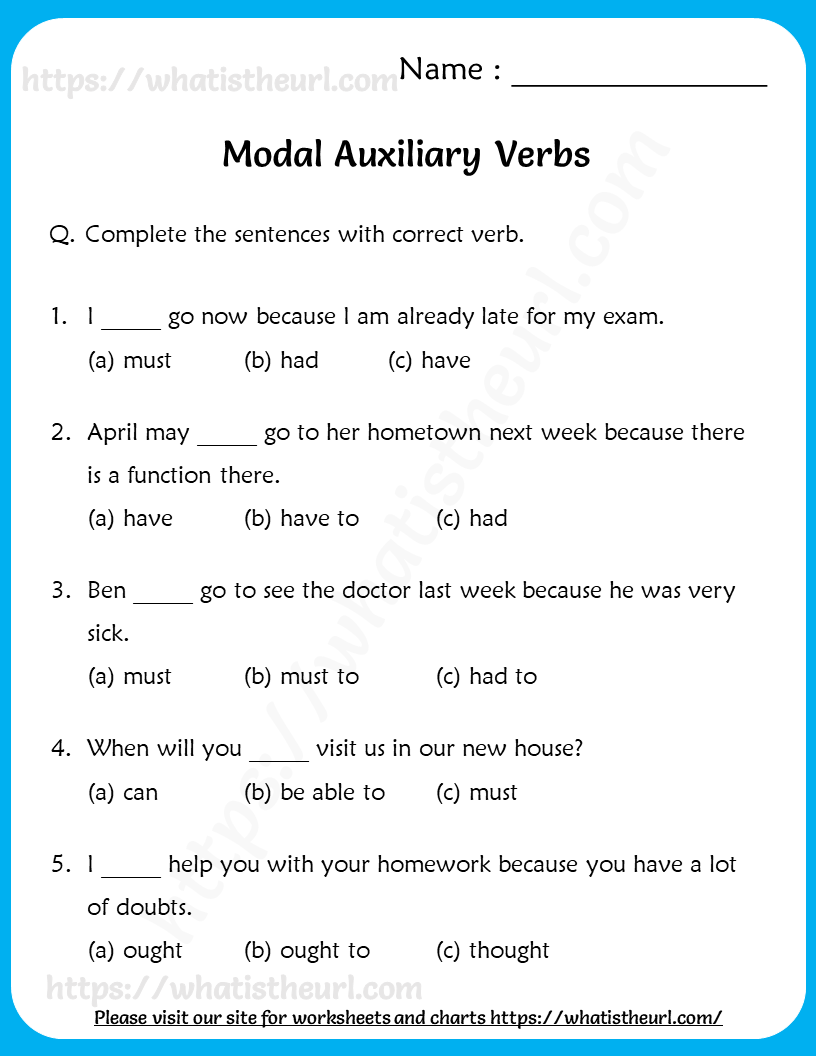Modal and auxiliary verbs play a crucial role in the English language, helping to express various meanings and functions in sentences. These verbs work in conjunction with main verbs to convey different nuances of meaning, such as ability, possibility, necessity, and more. Understanding how to use modal and auxiliary verbs correctly is essential for effective communication in English.
Modal verbs, also known as modal auxiliaries, are a specific type of auxiliary verb that express modality, indicating the speaker’s attitude towards the action or state expressed by the main verb. Some common modal verbs include can, could, may, might, must, shall, should, will, and would. These verbs are used to show ability, permission, obligation, possibility, and more.
Modal and Auxiliary Verbs
Auxiliary verbs, on the other hand, are used in conjunction with main verbs to create different verb tenses, moods, voices, and aspects. Common auxiliary verbs include forms of “to be,” “to have,” and “to do.” For example, in the sentence “She is studying for her exams,” the verb “is” is an auxiliary verb that helps to form the present continuous tense.
Modal verbs and auxiliary verbs can also work together in a sentence, such as in the sentence “You should have finished your homework by now.” In this example, “should” is a modal verb indicating obligation, while “have” is an auxiliary verb used to form the perfect tense.
It’s important to note that modal verbs do not change form to indicate tense, person, or number. They remain the same regardless of the subject of the sentence. Auxiliary verbs, on the other hand, do change form depending on the tense, voice, mood, and aspect of the main verb.
Overall, modal and auxiliary verbs are essential components of English grammar, helping to convey a wide range of meanings and functions in sentences. By understanding how to use these verbs correctly, you can enhance your communication skills and express yourself more effectively in English.
Next time you’re writing or speaking in English, pay attention to how modal and auxiliary verbs are used in sentences to convey different shades of meaning and nuance. With practice, you’ll become more comfortable incorporating these verbs into your language repertoire.
